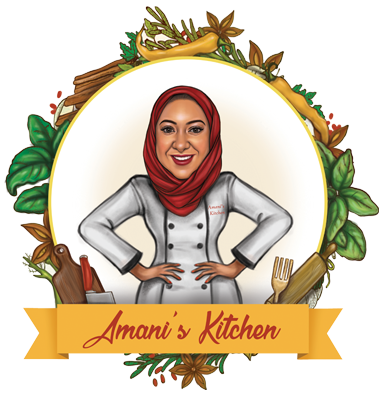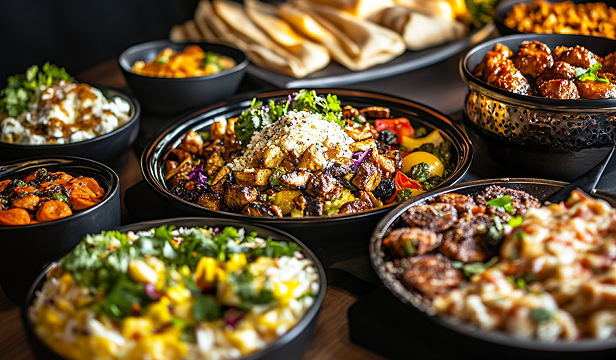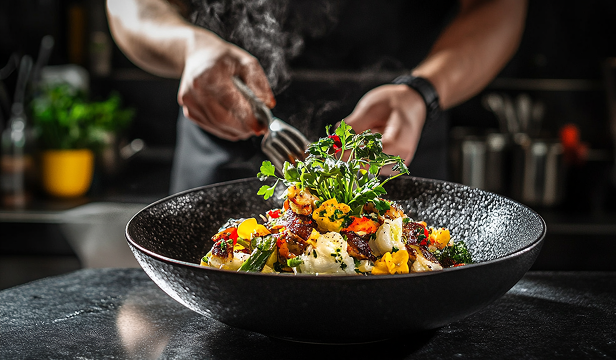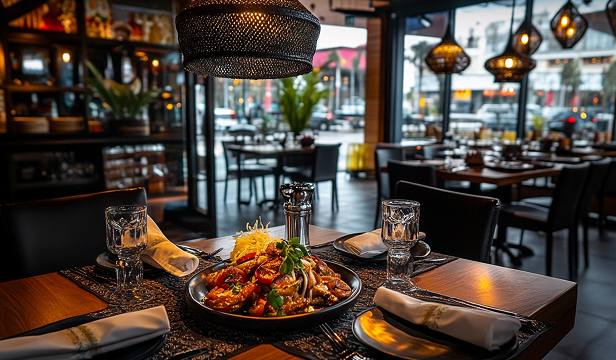Introduction Middle Eastern art is renowned for its intricate patterns, rich colours, and deep cultural…
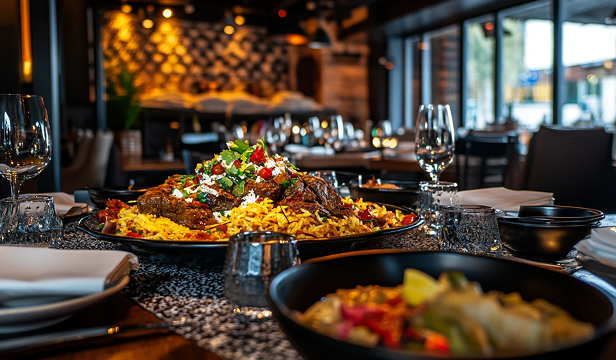
How Traditional Middle Eastern Patterns Inspire Modern Tableware
Introduction
Traditional Middle Eastern patterns have long been a source of artistic and cultural inspiration. Found in architecture, textiles, and ceramics, these intricate designs have seamlessly transitioned into modern tableware, blending heritage with contemporary aesthetics. The geometric precision, floral motifs, and calligraphic elements characteristic of Middle Eastern patterns continue to shape contemporary dining experiences.
The Legacy of Middle Eastern Patterns
Middle Eastern art is rich in symbolism and mathematical precision. The key elements of traditional patterns include:
- Geometric Designs: Symmetrical, interlacing shapes that create visually striking compositions, commonly seen in Islamic architecture and tilework.
- Arabesque Motifs: Flowing, nature-inspired patterns that often incorporate floral elements and vines.
- Calligraphy: Arabic script is frequently integrated into designs, adding an element of poetry or religious significance.
- Mosaic Influence: The vibrant, intricate arrangement of small tiles has influenced many modern interpretations in tableware.
These elements, deeply rooted in history, continue to inspire tableware designers seeking to infuse authenticity and artistic heritage into contemporary dining pieces.
The Evolution of Middle Eastern Patterns in Tableware
Modern tableware designers have adapted traditional Middle Eastern patterns to suit contemporary tastes while maintaining their cultural essence. Some key adaptations include:
- Minimalist Interpretations: Simplified geometric patterns are incorporated into dinnerware, blending tradition with modern elegance.
- Fusion with Contemporary Materials: Traditional motifs are etched, printed, or embossed onto porcelain, glass, and ceramics.
- Monochrome Palettes: While traditional patterns often feature vibrant hues, modern designs experiment with softer, neutral tones for a sophisticated look.
- Metallic Accents: Gold and silver details highlight intricate designs, adding a luxurious feel to everyday tableware.
Popular Middle Eastern-Inspired Tableware Trends
- Hand-Painted Ceramics: Many artisans continue to produce handcrafted ceramics featuring Middle Eastern-inspired motifs, keeping ancient craftsmanship alive.
- Embossed Glassware: Glass tumblers and plates with geometric etchings mimic the stained-glass windows and lanterns of traditional Middle Eastern design.
- Gold and Blue Colour Schemes: Inspired by Persian and Ottoman influences, blue and gold remain popular colour choices in modern tableware.
- Calligraphic Engravings: Contemporary designs often include Arabic calligraphy, adding cultural depth and elegance to plates and serving platters.
- Mosaic-Inspired Serving Platters: Designs resembling the vibrant tiled mosaics of mosques and palaces are used in modern serving trays and bowls.
Cultural and Aesthetic Appeal in Modern Dining
The integration of Middle Eastern patterns into modern tableware serves more than just an aesthetic purpose; it enhances dining experiences by:
- Creating a sense of cultural connection and appreciation.
- Evoking the grandeur of traditional hospitality.
- Adding a unique artistic touch to home and restaurant dining settings.
- Preserving and celebrating Middle Eastern artistic heritage in contemporary lifestyles.
Conclusion
Traditional Middle Eastern patterns continue to inspire modern tableware, bridging the past and present through innovative designs. Whether through minimalist geometric etchings or ornate calligraphic engravings, these patterns bring a sense of history, artistry, and elegance to contemporary dining spaces. As design trends evolve, Middle Eastern motifs remain timeless, ensuring their place in the world of modern tableware for generations to come.
